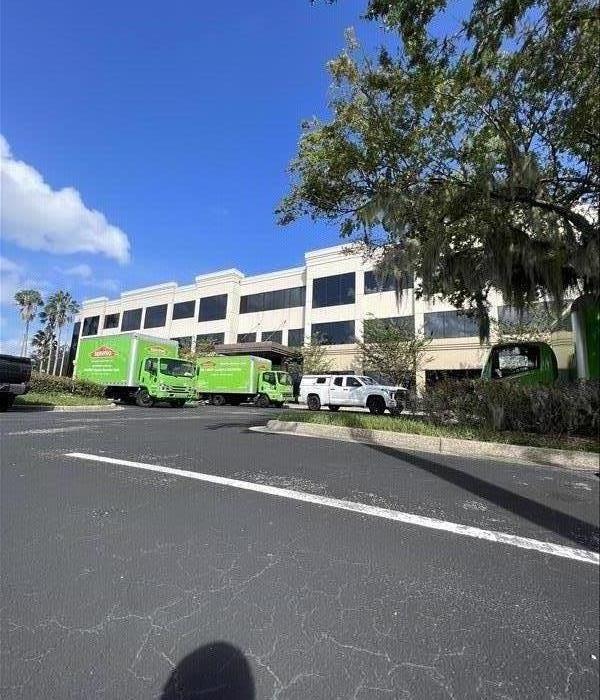How to Clean Soot from Air Ducts
8/14/2024 (Permalink)
 Cleaning soot from air ducts is an important step in restoring air quality and ensuring the proper function of your HVAC system after a fire.
Cleaning soot from air ducts is an important step in restoring air quality and ensuring the proper function of your HVAC system after a fire.
Soot in your air ducts can be a significant problem, especially after a fire. It can affect the air quality in your home and pose risks to your HVAC system. Properly cleaning soot from air ducts is crucial to ensure a healthy living environment. In this blog, we will guide you through the steps of cleaning soot from air ducts effectively and safely.
Why Cleaning Soot from Air Ducts is Important
Soot particles are not just dirty; they can also be harmful. According to the Environmental Protection Agency (EPA), indoor air pollution can be significantly higher than outdoor air pollution, especially after a fire event. Ensuring your air ducts are clean helps maintain better air quality and extends the life of your HVAC system.
Steps to Clean Soot from Air Ducts
1. Turn Off Your HVAC System
Before starting the cleaning process, turn off your HVAC system. This prevents the soot from circulating while you clean.
2. Wear Protective Gear
Wear protective clothing, gloves, goggles, and a mask to avoid contact with soot.
3. Inspect the Air Ducts
Begin by inspecting the air ducts to assess the extent of the soot contamination. Use a flashlight to look inside the ducts for visible soot and debris.
4. Vacuum the Ducts
Use a high-powered vacuum with a HEPA filter to remove loose soot and debris from the ducts. A HEPA filter is essential because it can capture the tiny soot particles that other vacuums might miss. Attach a hose to the vacuum and carefully insert it into the ducts to remove as much soot as possible.
5. Clean with Soot Sponges
For remaining soot, use soot sponges, also known as chemical sponges. These sponges are designed to clean soot and can be very effective. Gently wipe the interior surfaces of the ducts with the sponge. Replace the sponge when it becomes saturated with soot to ensure efficient cleaning.
6. Use a Cleaning Solution
Prepare a cleaning solution with water and a mild detergent. Dampen a cloth with the solution and wipe down the inside of the ducts. Avoid using excessive water, as it can damage the ductwork. For stubborn soot deposits, you might need a commercial duct cleaner.
7. Disinfect the Ducts
After cleaning, use a disinfectant to sanitize the ducts. This helps eliminate any remaining soot particles and prevents mold growth. Spray the disinfectant inside the ducts and let it dry completely.
8. Replace Air Filters
Once the ducts are clean, replace the air filters in your HVAC system. Soot particles can easily clog filters, reducing the efficiency of your system. Regularly changing filters ensure cleaner air and a better-performing HVAC system.
9. Professional Cleaning
For extensive soot contamination, consider hiring a professional duct cleaning service. Professionals have the tools and expertise to thoroughly clean and disinfect air ducts. According to the National Air Duct Cleaners Association (NADCA), professional cleaning can significantly improve indoor air quality and HVAC efficiency.
Keeping Your Air Ducts Clean
Regular maintenance of your air ducts can prevent the buildup of soot and other contaminants. Schedule regular inspections and cleanings to keep your HVAC system in top condition. After events like a fire, it’s especially important to ensure your air ducts are free of soot to maintain a safe and healthy home environment.
Cleaning soot from air ducts is an important step in restoring air quality and ensuring the proper function of your HVAC system after a fire. By following the steps outlined above, you can effectively remove soot and protect your home from the harmful effects of soot particles. For severe cases, don’t hesitate to call in professionals like SERVPRO of Arlington/Jacksonville East who have the expertise and equipment to handle the job thoroughly. Maintaining clean air ducts is key to a healthy living environment and a well-functioning HVAC system.






 24/7 Emergency Service
24/7 Emergency Service